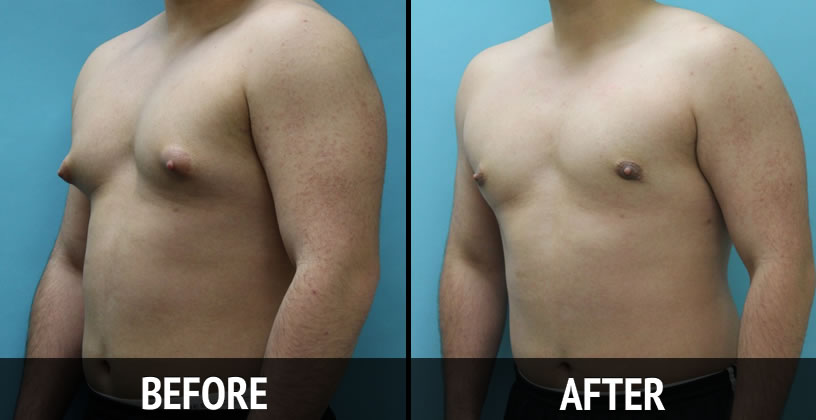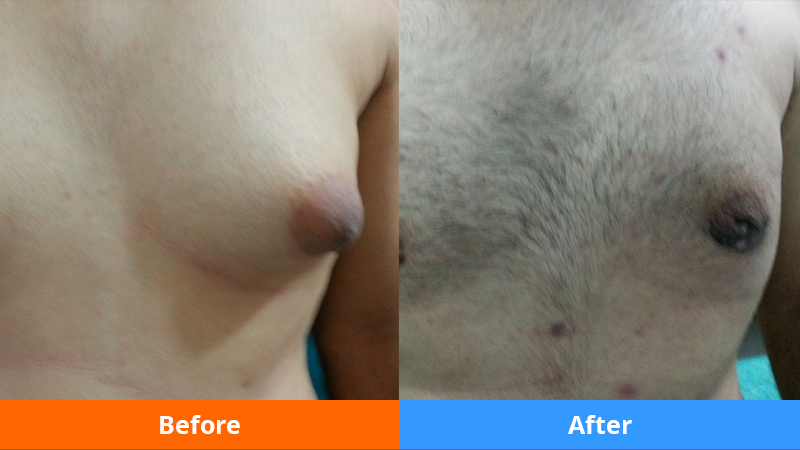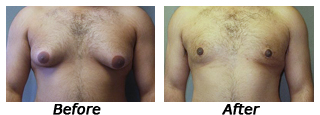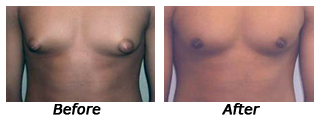
Prof. Dr. Goutam Guha (M.S., M.Ch)
Consultant Plastic, Cosmetic and Reconstructive Surgeon.

Consultant Plastic, Cosmetic and Reconstructive Surgeon.

Male Breast Correction / Gynecomastia
The goal of gynecomastia treatment is to reduce breast size in men who are embarrassed by overly large breasts. Reduction methods include liposuction, cutting out excess glandular tissue or using a combination of liposuction and excision. If you are treated by a board-certified plastic surgeon, gynecomastia can be effectively and safely improved or corrected completely.

When to Consider Gynecomastia Treatment
. You are unhappy with the size or appearance of your breasts.
. You experience physical discomfort because of your breasts.
. You have good skin elasticity. Successful gynecomastia surgery involves adequate skin contraction after your excess skin is surgically removed. Your skin may lack the necessary elasticity for good contraction if you are age fifty or older, have significant sun damage, have breasts with a lot of stretch marks or have undergone gastric bypass surgery.
. You have first tried diet and exercise to reduce your breast size.
. You are not significantly overweight. Although surgery will help this patient population, the results will not be as good. For this reason, you should try to get within thirty to forty pounds of your ideal body weight before surgery.
. You do not use marijuana, steroids or drink alcoholic beverages excessively (it is theorized that these substances may cause gynecomastia).

Limitations and Risks
Fortunately, significant complications from gynecomastia are infrequent. Your specific risks for gynecomastia will be discussed during your consultation. All surgical procedures have some degree of risk. Some of the potential complications of all surgeries are:
. Adverse reaction to anesthesia
. Hematoma or seroma (an accumulation of blood or fluid under the skin that may require removal)
. Infection and bleeding
. Changes in skin sensation
. Scarring
. Allergic reactions
. Damage to underlying structures
. Unsatisfactory results that may necessitate additional procedures
Picture Gallery

